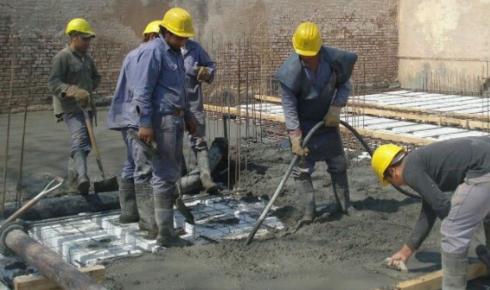Your pavement endures a lot. Between the sun, rain, snow, and traffic, it’s no wonder cracks and surface wear begin to show over time. But the good news? You don’t have to wait for damage to get out of control. Taking early preventive steps can save you money and maintain the clean, professional look of your outdoor spaces. Whether you’ve got a residential path or a business parking lot, the same rules apply. Let’s break down the essential steps that can help preserve your pavement’s life for years to come.
Regular Maintenance Keeps Concrete Driveways In Shape
Concrete driveways, known for their durability and strength, still require regular upkeep. These surfaces are often exposed to temperature fluctuations and heavy loads that can eventually wear them down. Cleaning your driveway regularly to remove debris, oil, and plant matter is a simple but effective step. Over time, unchecked grime can erode the surface, opening the door to deeper issues. Sealing the surface every few years adds an extra layer of protection, keeping moisture and chemicals from penetrating the concrete. These small, consistent efforts help prolong the life of your concrete driveways significantly.
Early Intervention Reduces The Need For Major Concrete Repair
Concrete repair refers to the process of fixing cracks, holes, and surface deterioration in existing concrete structures. Catching minor damage early can prevent large-scale repairs later. If you notice hairline cracks or surface chipping, don’t ignore them. Water seeps in, freezes, and expands, causing larger breaks that compromise the structure. Patching small flaws with the right materials is much easier—and cheaper—than replacing entire sections. Prompt concrete repair also preserves the uniform appearance of your pavement, which matters both functionally and visually.
Drainage Control Prevents Water-Related Wear
Water is a leading enemy of long-lasting pavement. Poor drainage causes pooling, and pooled water penetrates surface layers over time. This leads to cracks, soft spots, and structural weakening. One way to manage this is by grading the surrounding landscape so water flows away from the pavement. Another is installing drains or trenches in areas prone to runoff. Regularly inspecting and clearing nearby gutters helps too. These drainage practices don’t just prevent damage—they extend the pavement’s useful life significantly.
Avoiding Heavy Loads On Concrete Driveways Preserves Strength
Even though concrete driveways are built to handle weight, constant pressure from oversized vehicles can cause surface stress and internal cracks. Limiting the use of driveways by large trucks, trailers, or equipment reduces this risk. If heavy traffic is unavoidable, consider reinforcing the surface with thicker slabs or steel reinforcements during installation. Over time, a driveway treated with this kind of respect can outlast expectations. Protecting your investment is about smart use, not just smart design.
Seasonal Inspections Catch Hidden Issues Early
Changes in temperature throughout the year put stress on concrete surfaces. Cracks expand in winter, and surface color fades in summer. Performing seasonal inspections allows you to identify trouble spots early. Look for uneven settling, spalling (surface flaking), or shifting slabs. These may indicate underlying soil issues or past water damage. Addressing them before the next weather cycle begins gives you control over deterioration. Think of it as giving your pavement a routine check-up—something every well-used surface deserves.
Conclusion
Extending the life of your pavement isn’t about expensive overhauls—it’s about being proactive. Whether it’s caring for your concrete driveways or performing timely concrete repair, every small action adds up. Cleaning, sealing, inspecting, and controlling load and drainage all work together to prevent premature wear.




